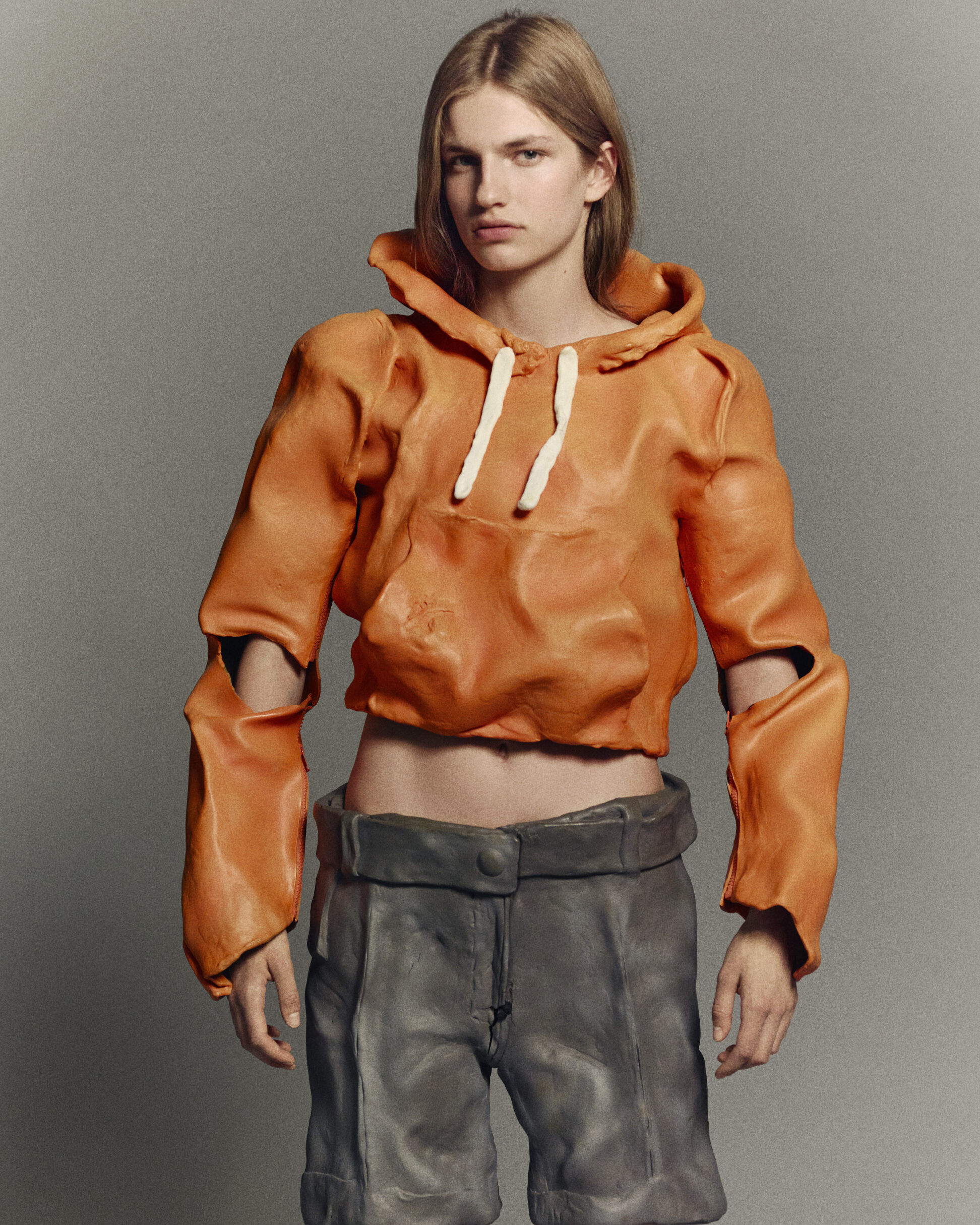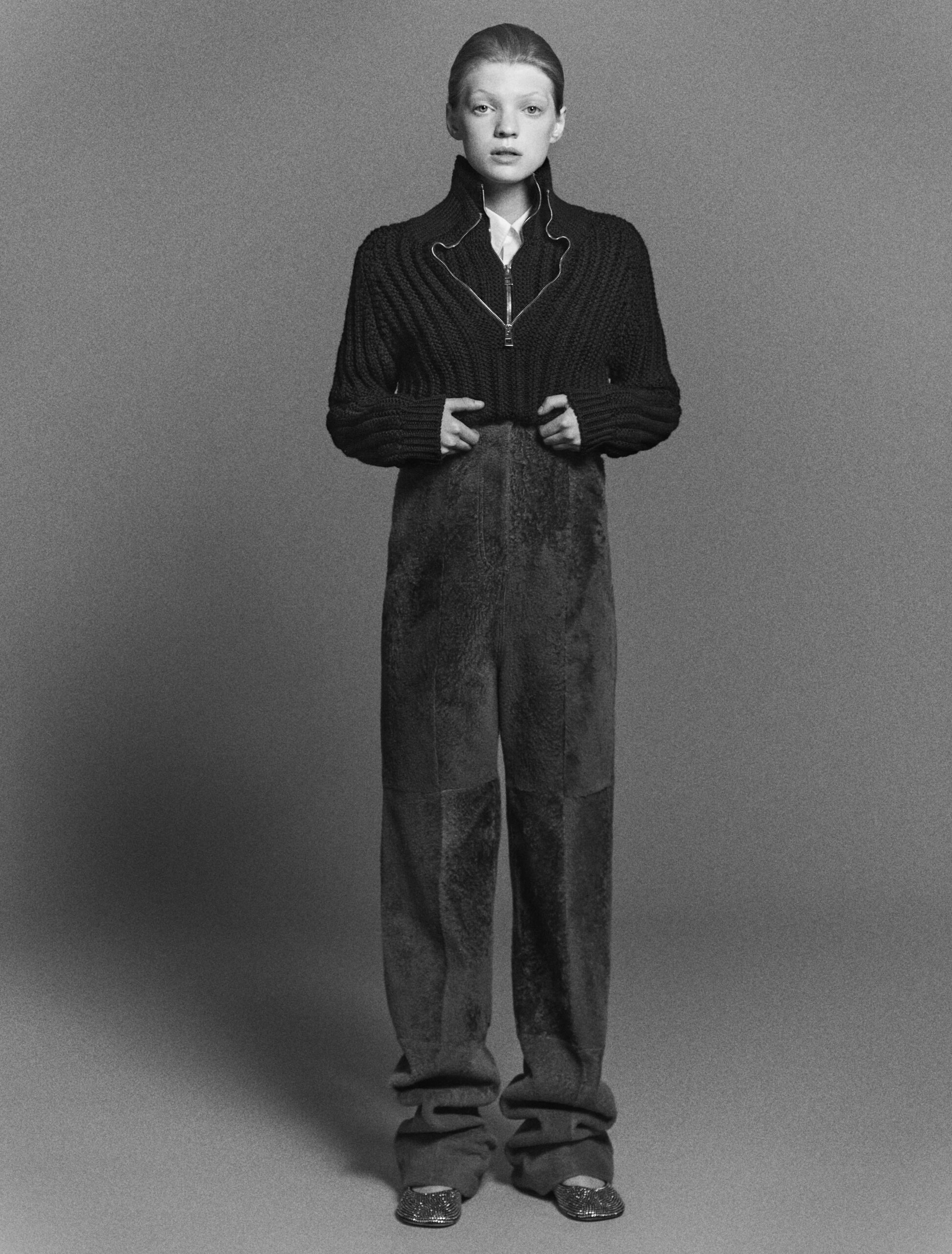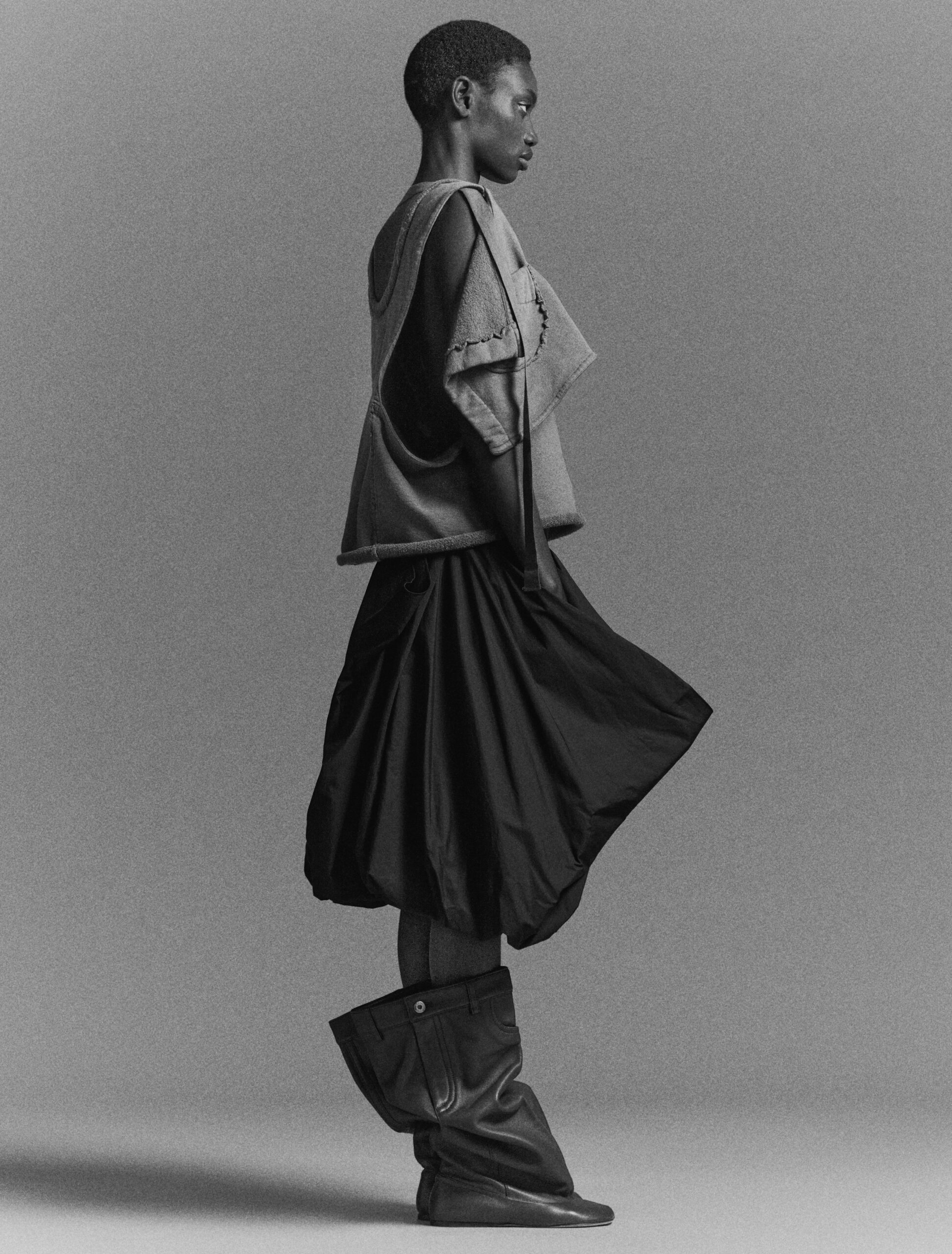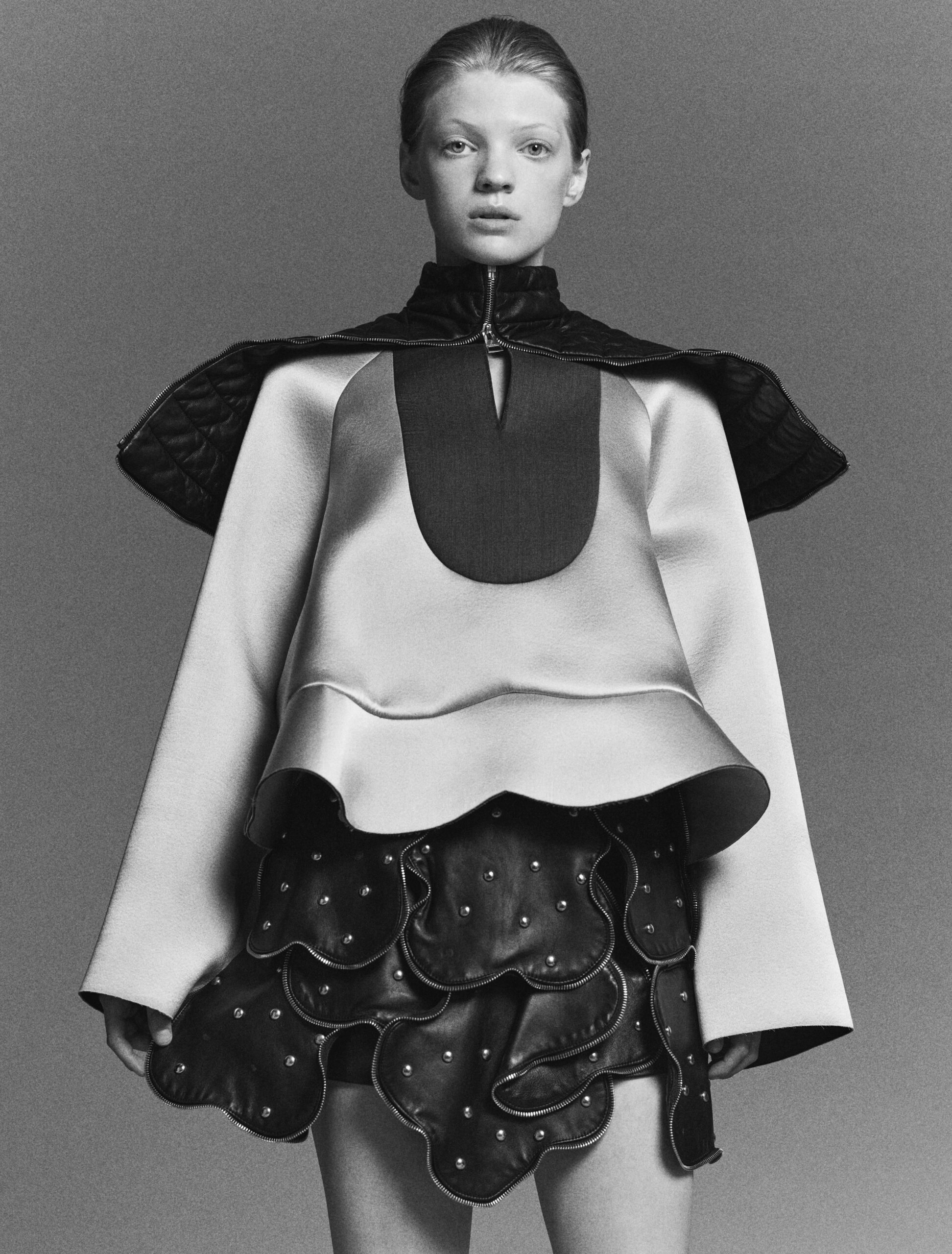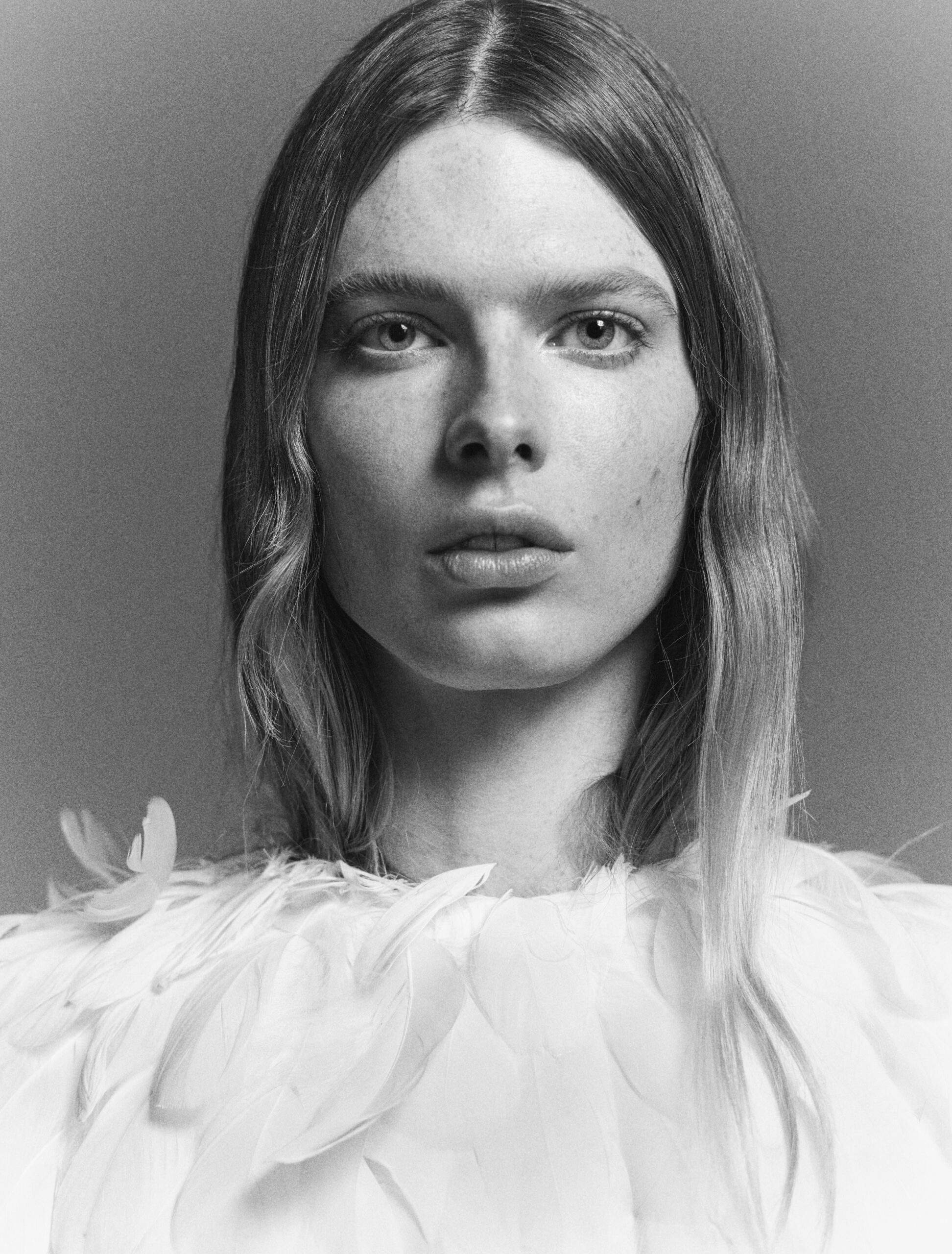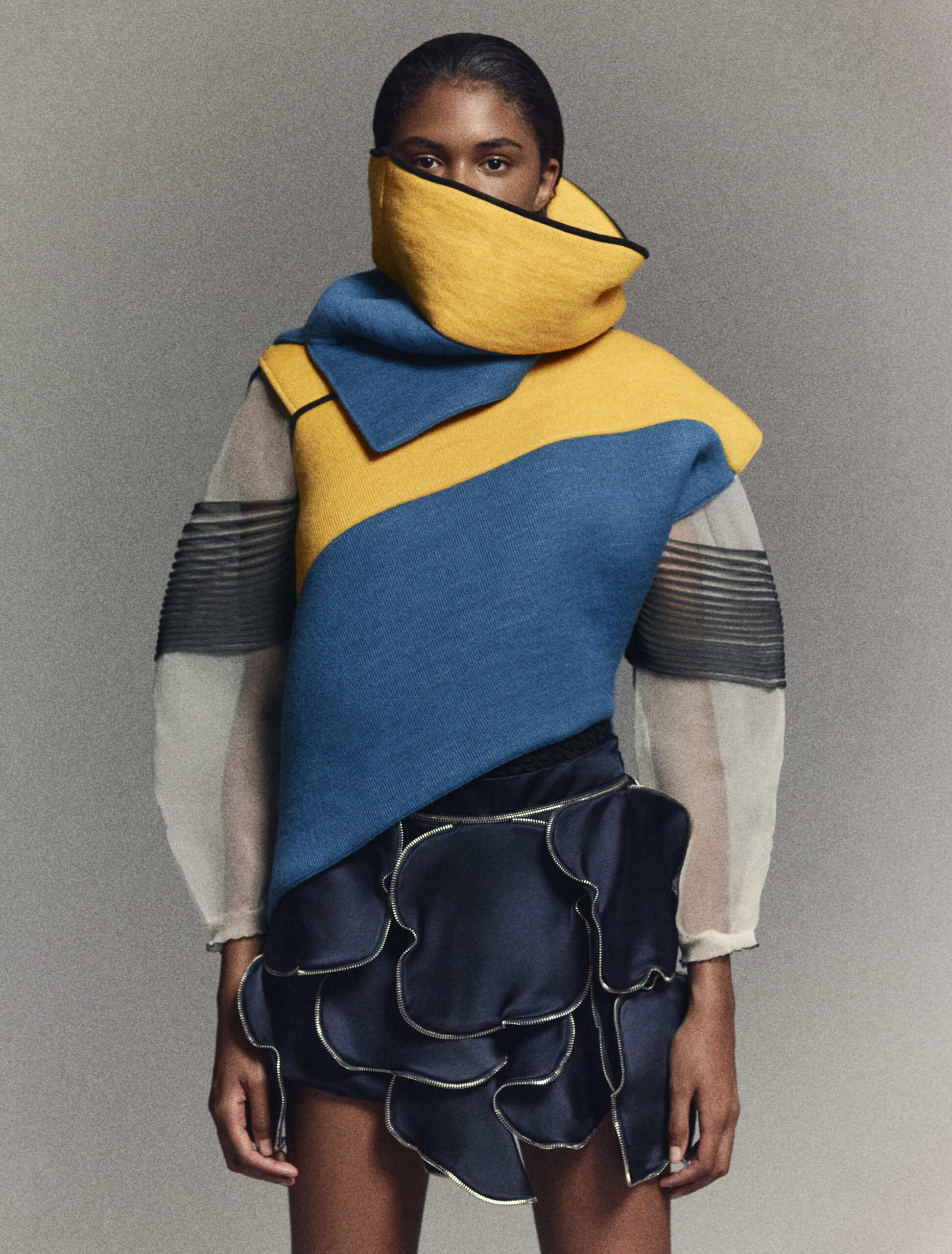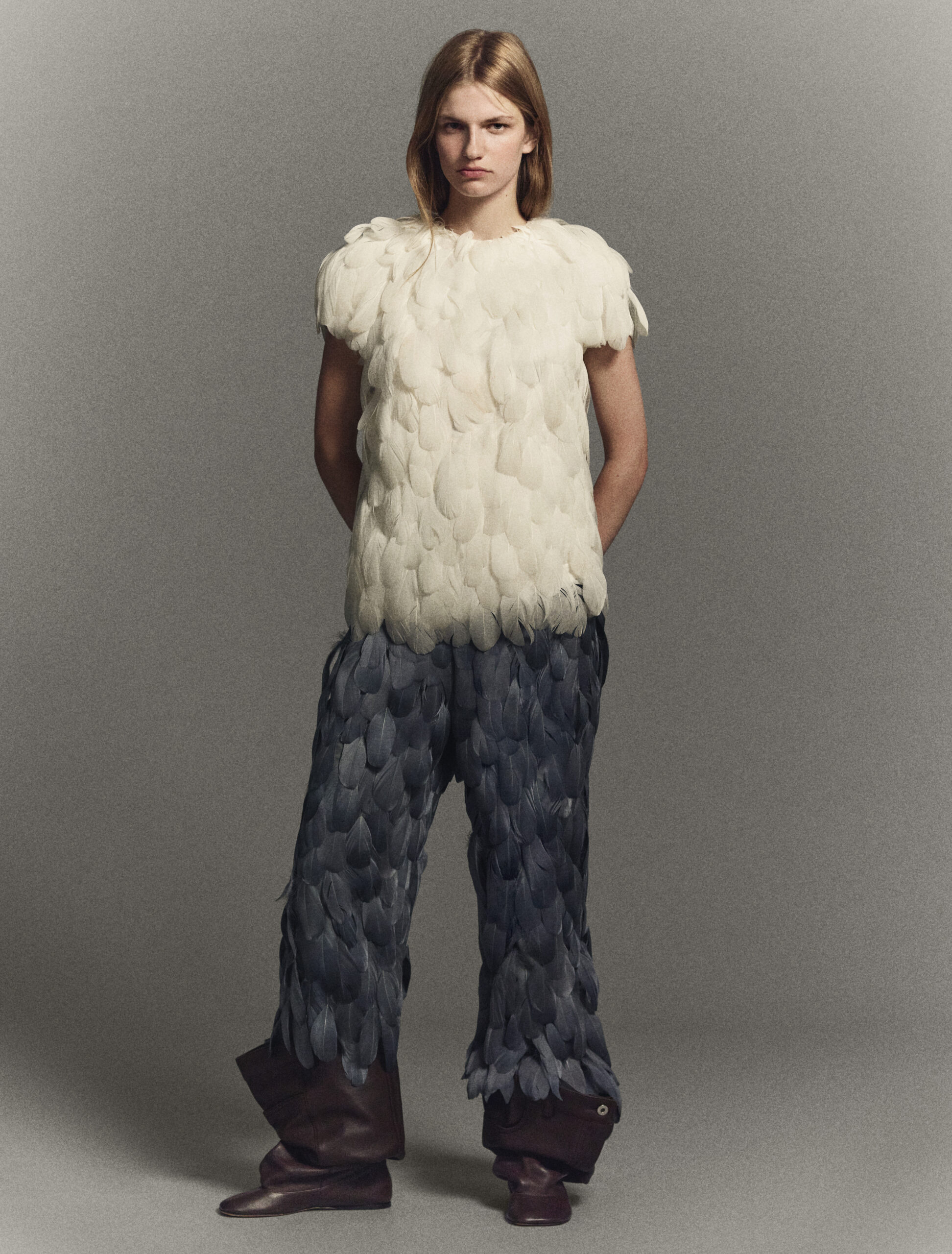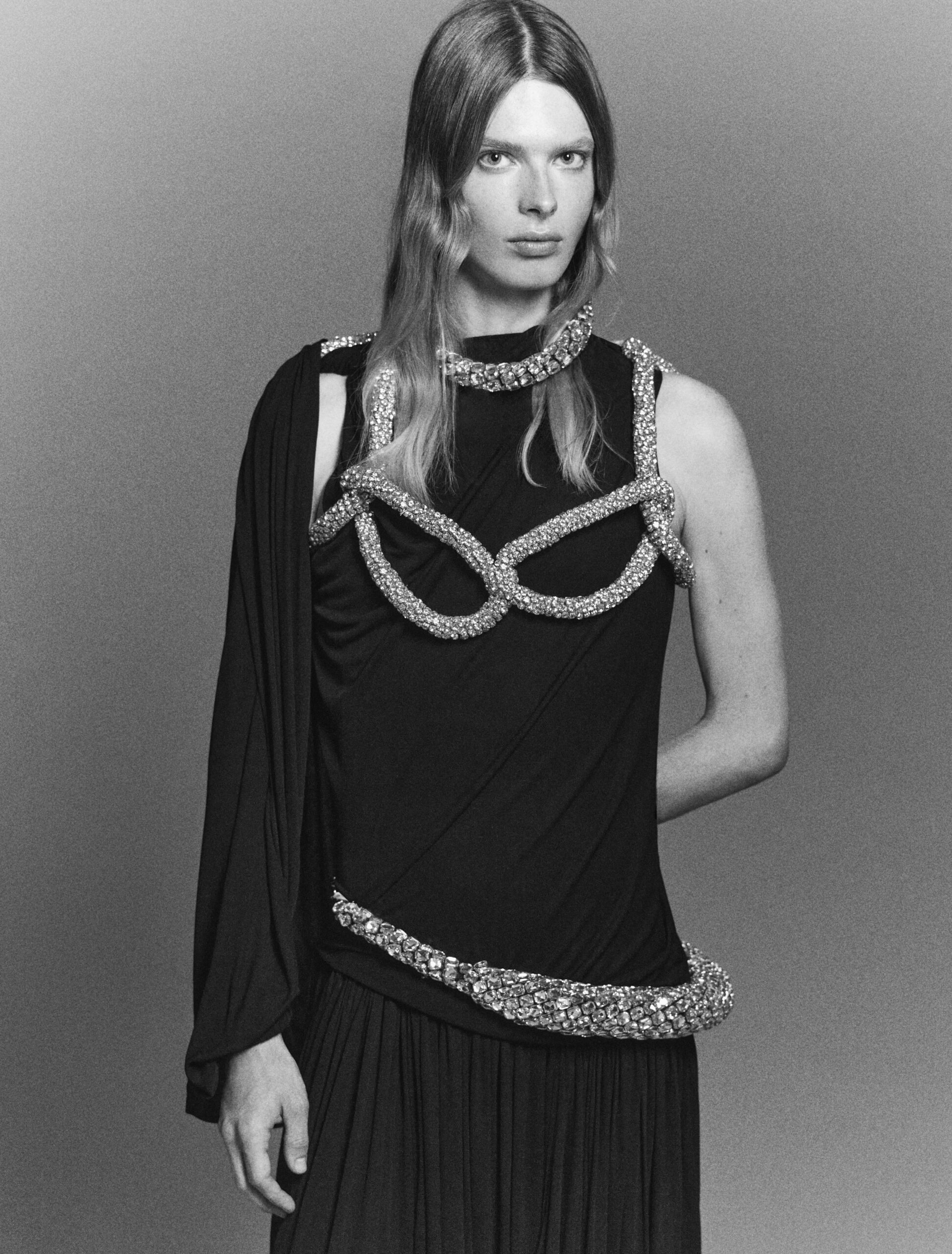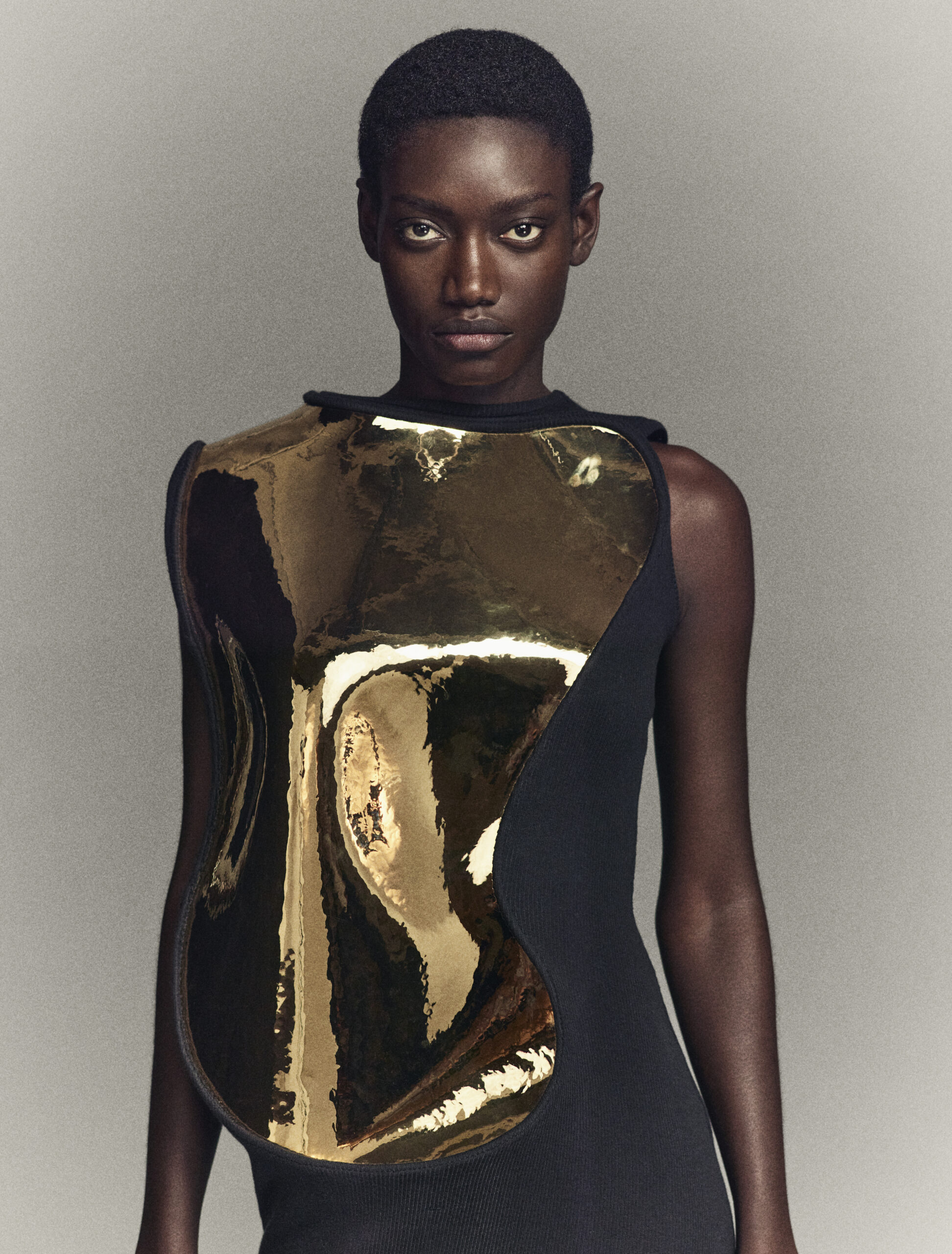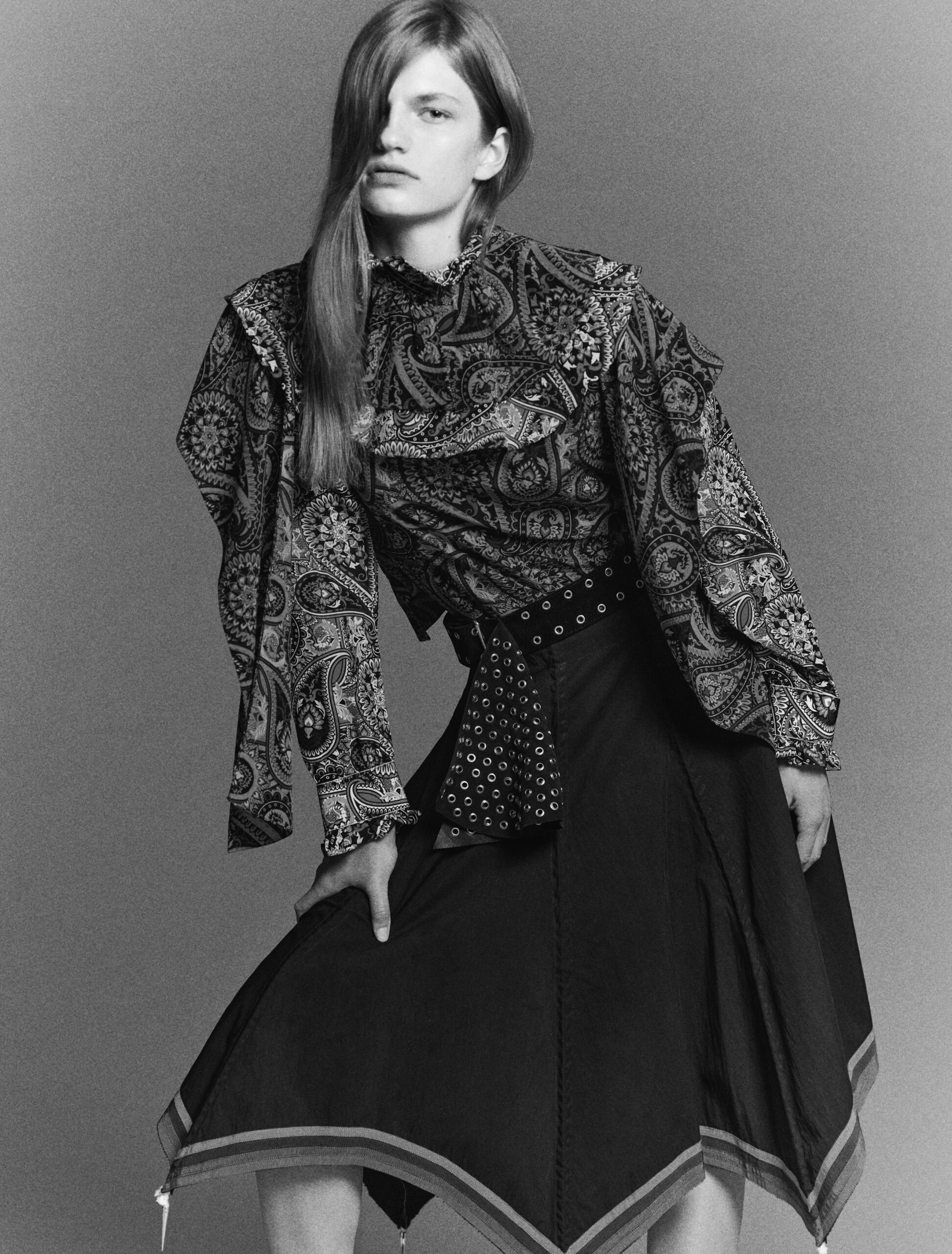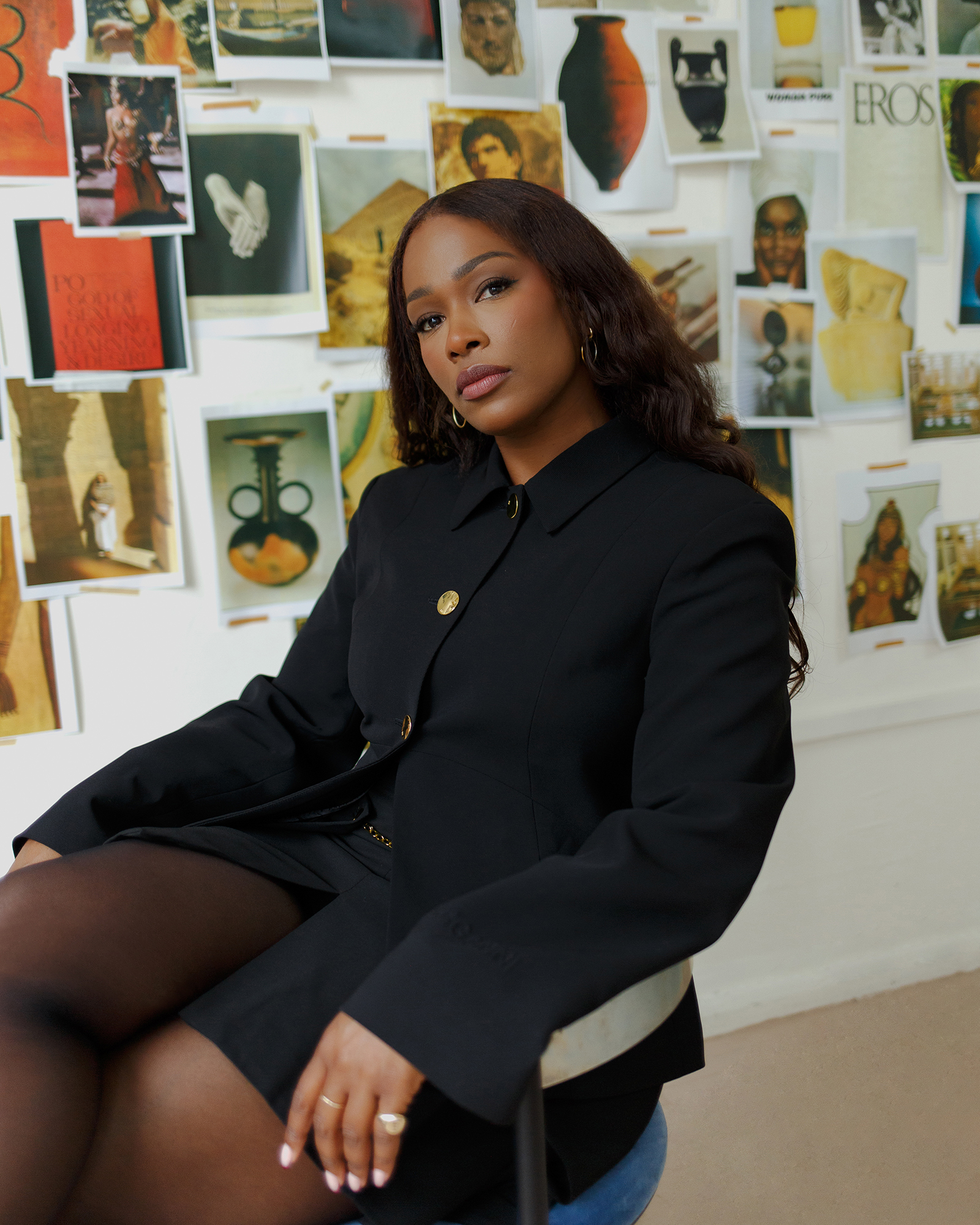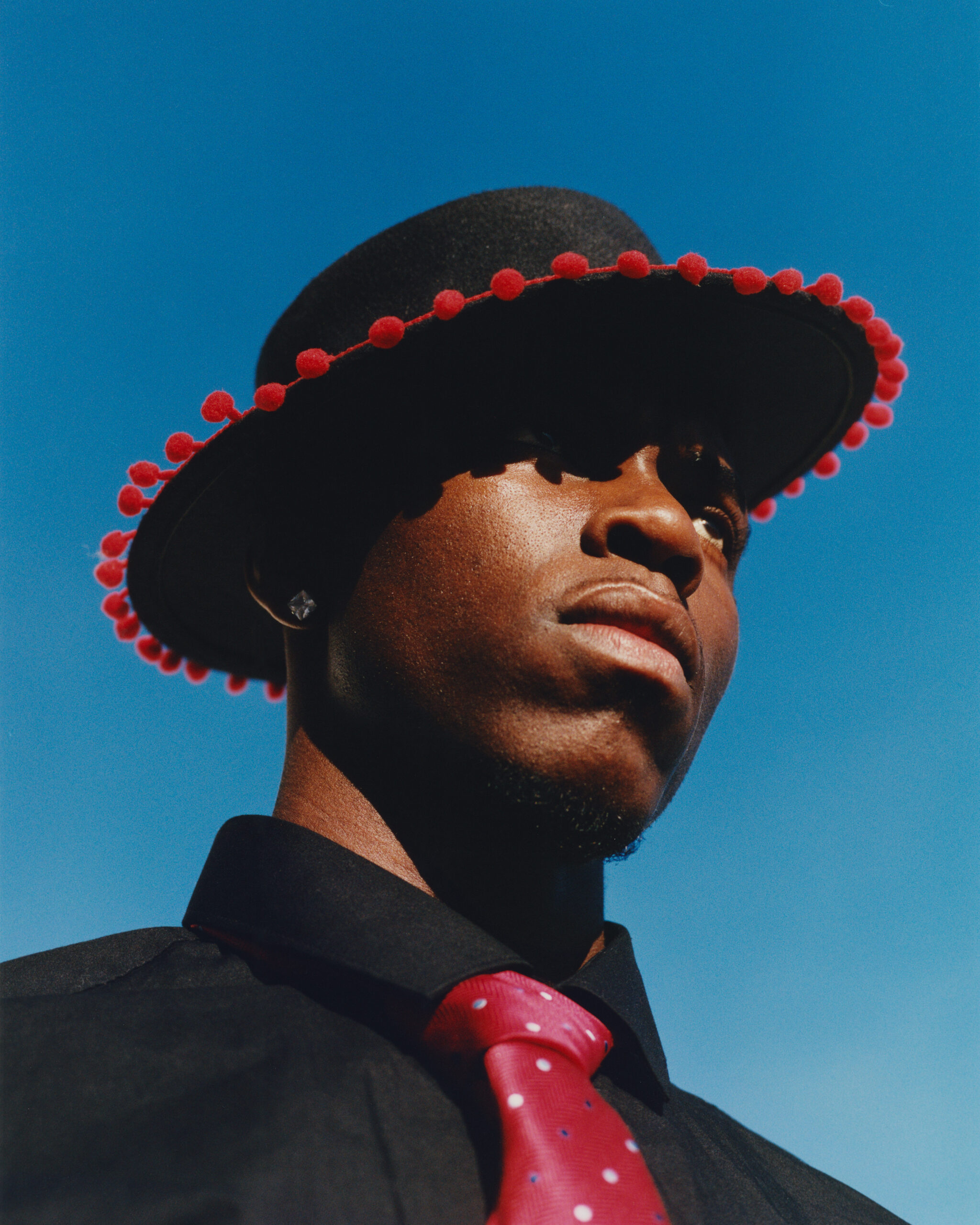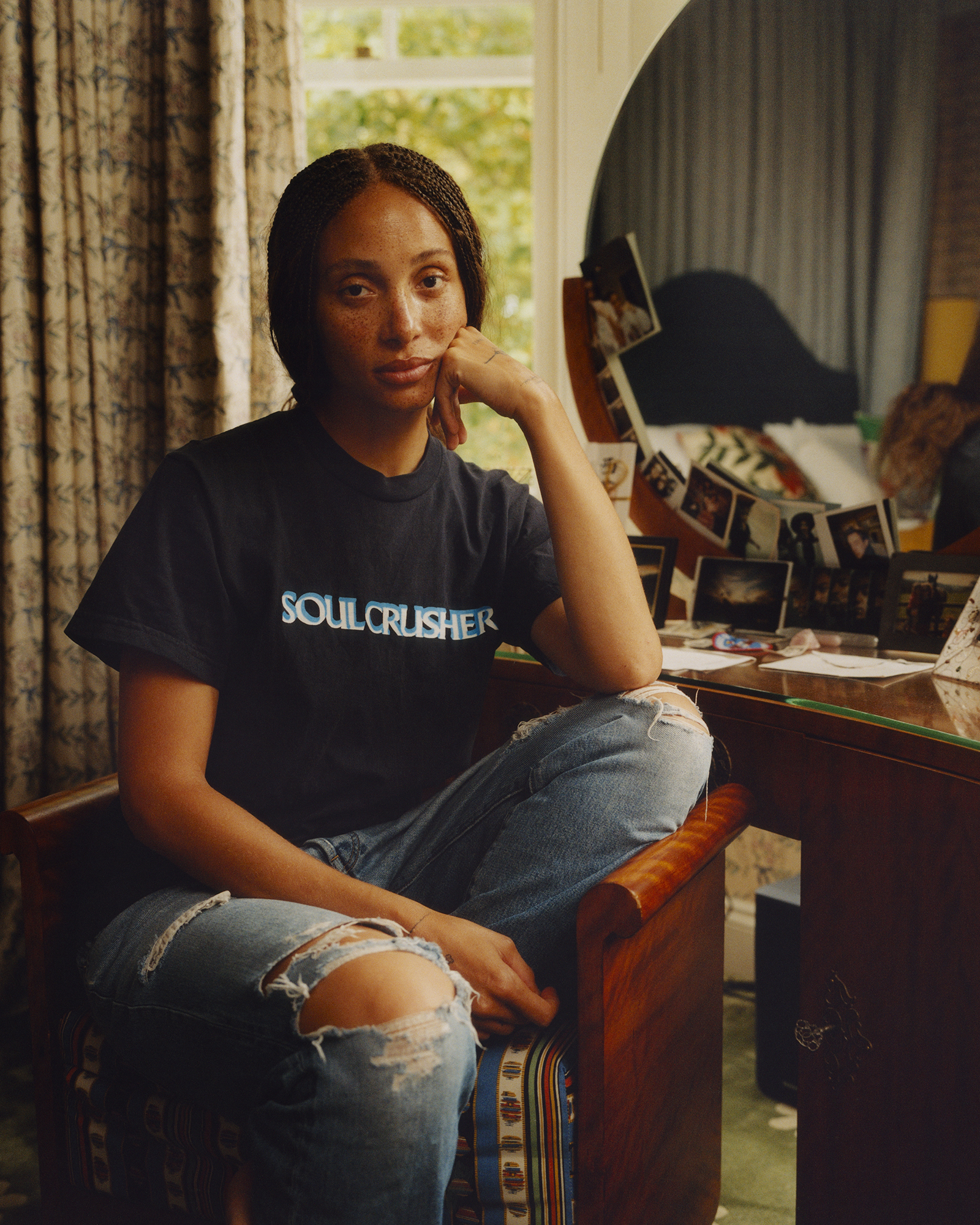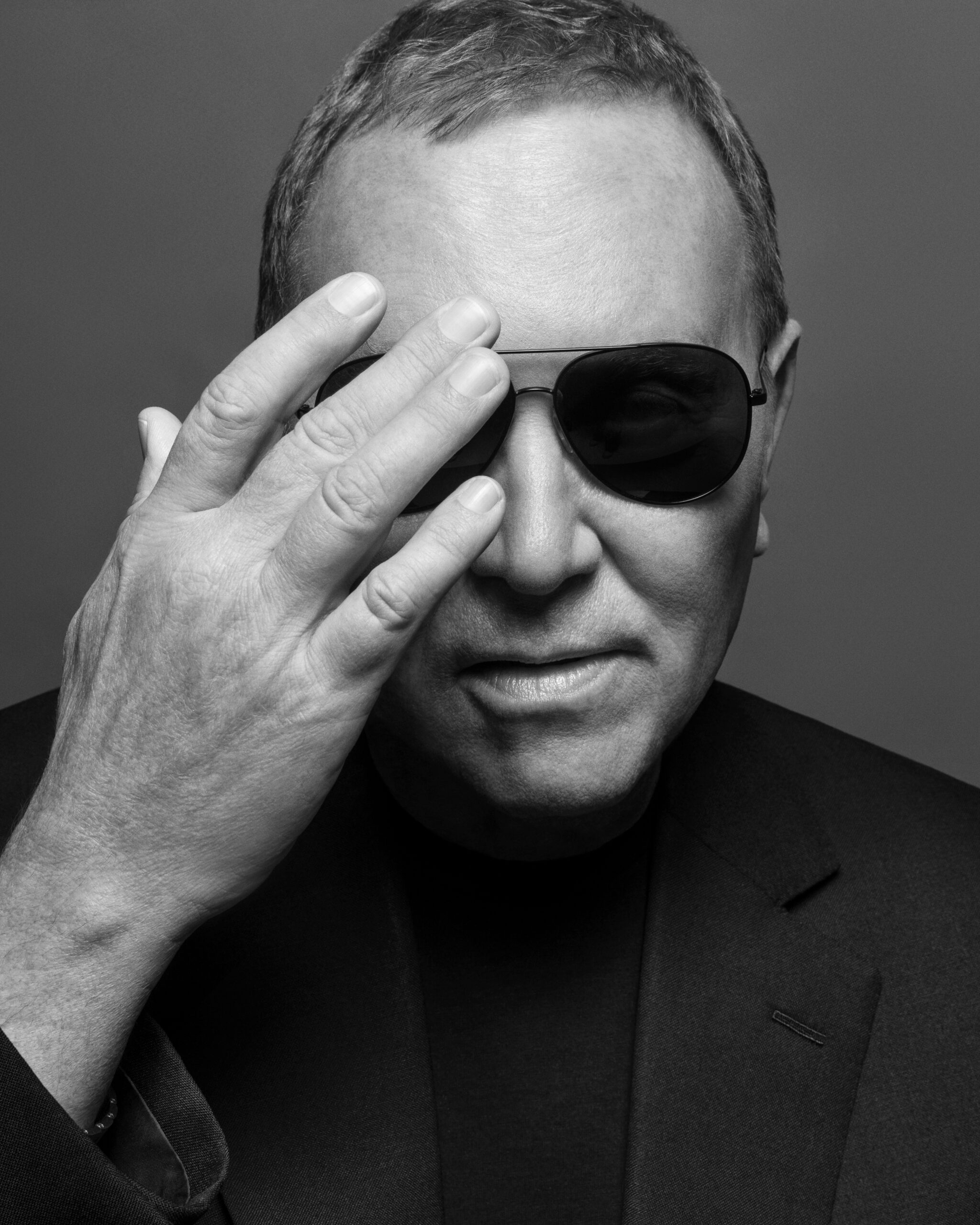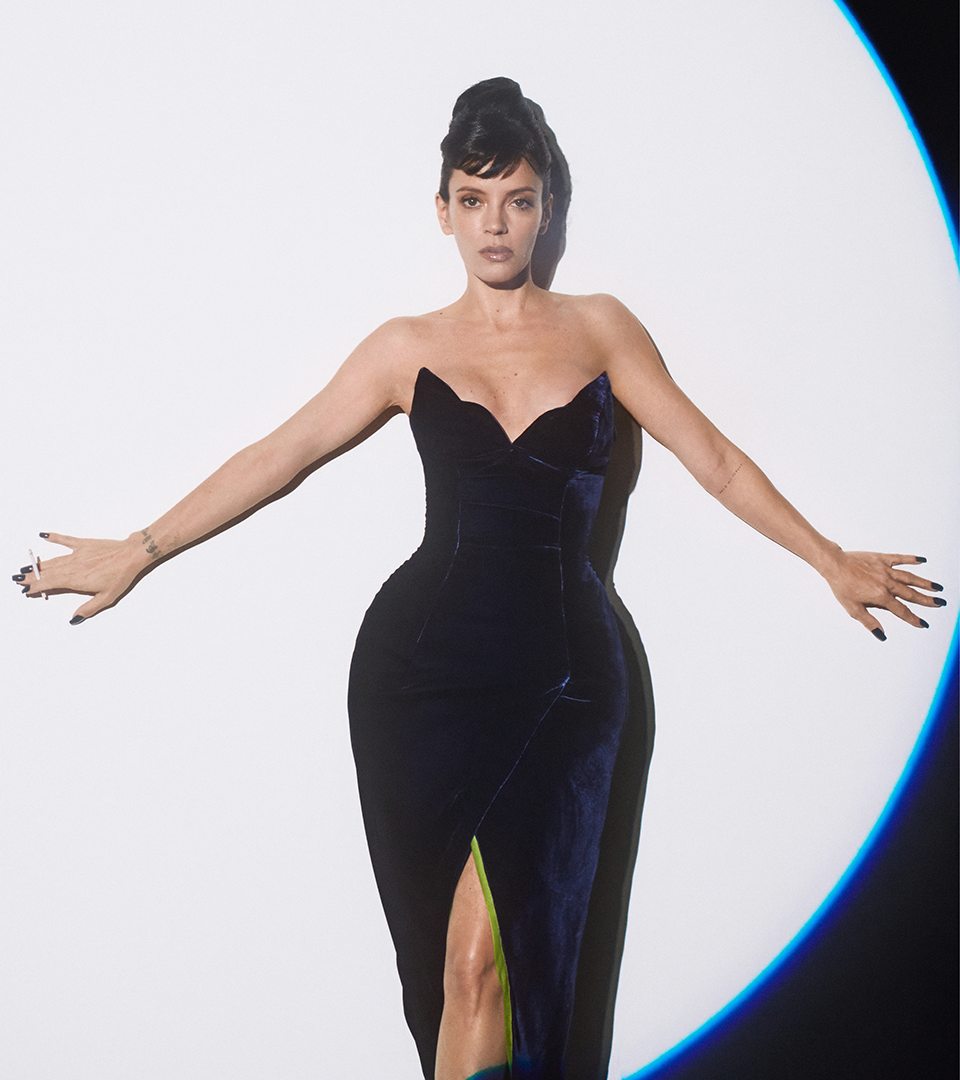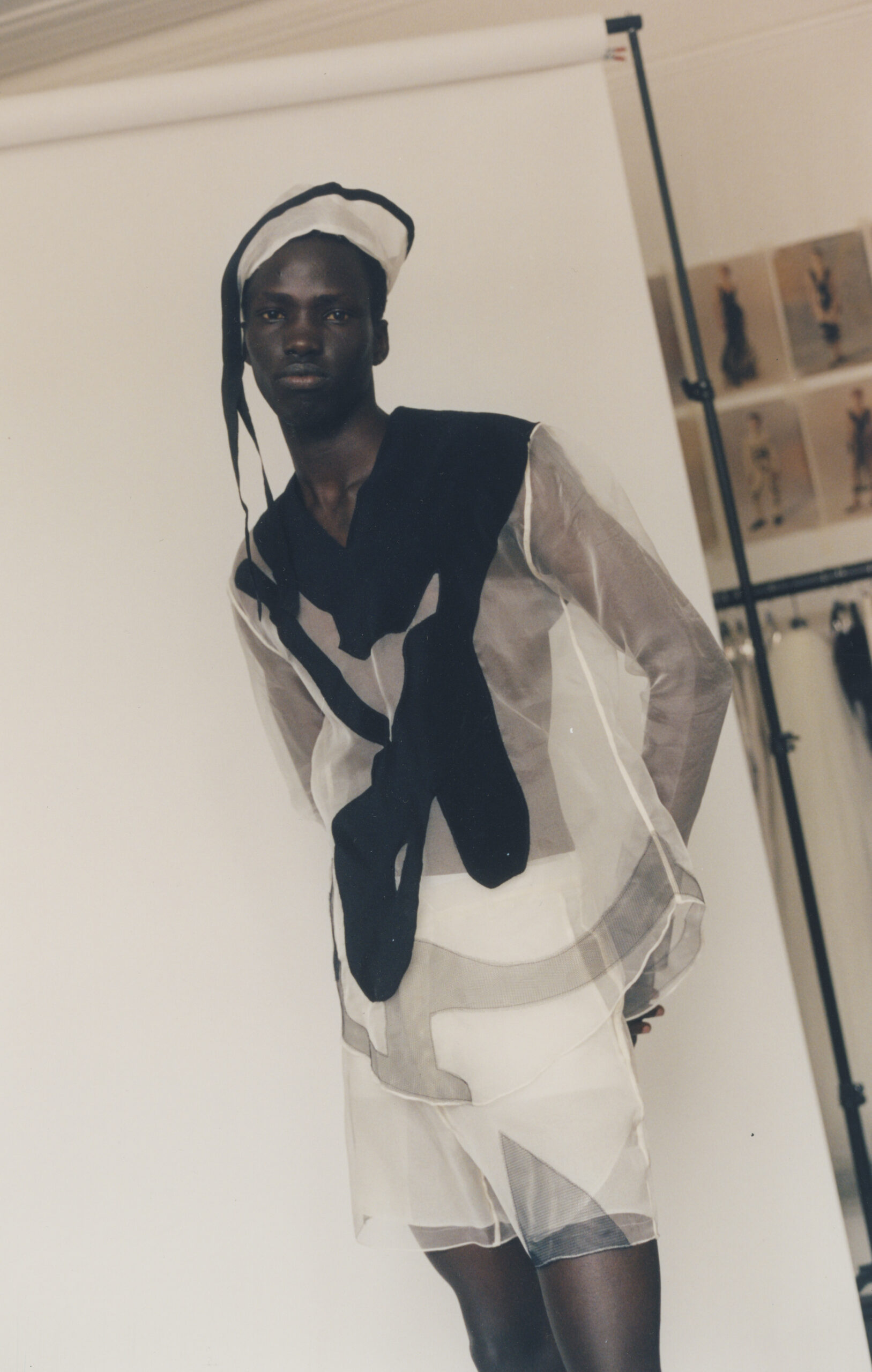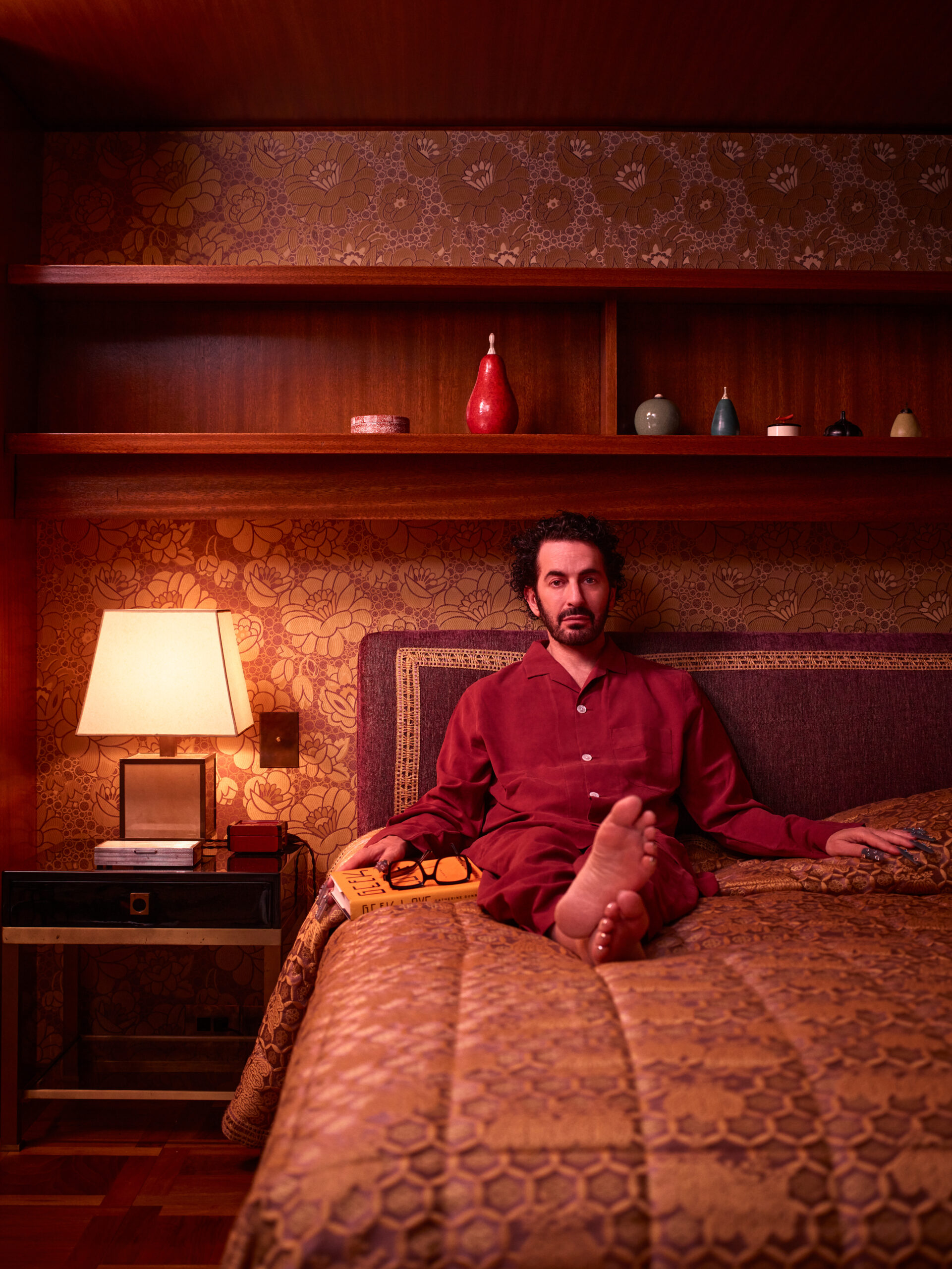Jonathan Anderson has redefined the silhouette — and look — of modern fashion both at his namesake brand and at Loewe. As Anderson steps into his new role at Dior, Joe McKenna revisits 11 memorable looks, while Sarah Mower traces the arc of the designer’s ever-evolving vision.
When Jonathan Anderson was officially announced as creative director of Dior in June 2025, a seismic ohhh ran through the industry. Granted, this was possibly fashion’s worst-kept secret but this didn’t detract from the enormity of the appointment: He is the first ever to have the keys to womenswear, haute couture and menswear in the history of the house.
The news gave me a giant flashback to all the conversations, the studio visits, far-flung situations and backstage scrums I’ve been in with Jonathan Anderson. The first was when he came up at a British Fashion Council NewGen panel sometime in early 2010. I’d recently taken over as chair of the committee which awards outstanding emerging designers the opportunity to show during London Fashion Week.
Did I know that this gangly, blue-eyed 26-year-old Northern Irishman was destined to be a master of the fashion universe 15 years later? I can’t swear to that. But I distinctly remember that he was an unexpected outlier. In London, fashion culture thrives on taking a chance on risk takers. A frisson went around the room when he showed us something we’d never seen from a new talent: That graphically brilliant logo, his initials, JW, designed around an anchor. (For context, most others turned up with basic name tags in their clothes.) It read as a projection of ambition, a statement, a precocious quality of brand conviction: His ability to think about the whole business that’s taken him all the way to now.
His first two JW Anderson womenswear collections — I can’t remember, but we’d probably granted him around £2,000 to show in the tiny Portico Rooms at Somerset House — showed us exactly who he was, and in retrospect, held the stamp of who he was to become. Fall/winter 2011 and spring/ summer 2012: Paisley-print top-and-trouser combos sourced from traditional British manufacturers; blue-and-white striped shirting made into tops with football-referenced grommeted cross-lacing; editorial-friendly but experimental asymmetrical multimedia draped dresses (some involving hand-crafted leather techniques).
Among his clean, concise preppy things, and the conceptual “editorial” ones, there were even two minimal tailored takes on frock coats. Permutations of all of these elements — the wearable, the avant-garde and the traditional — appeared throughout his wildly successful Loewe years, right up to his introductory menswear show for Dior in January, a collection studded with magnificent couture replica 18th-century tail coats.
Within two years of showing his first women’s collections — and while still being sponsored by NewGen — Anderson caused a sensation with his amazing collection of frilled shorts, bustiers and matching frill-top boots for men for spring/summer 2013. Its radically chic blurring of masculine and feminine wardrobe elements was instantly labeled “gender fluidity.” I’d noticed a precursor of frilled shorts and bustiers in the women’s collection he’d just shown. Anderson’s observation to me was pithy: “One season is one thing,” he said. “It’s the same vocabulary. I don’t see the difference. I don’t know how you can classify a garment as a gender.”
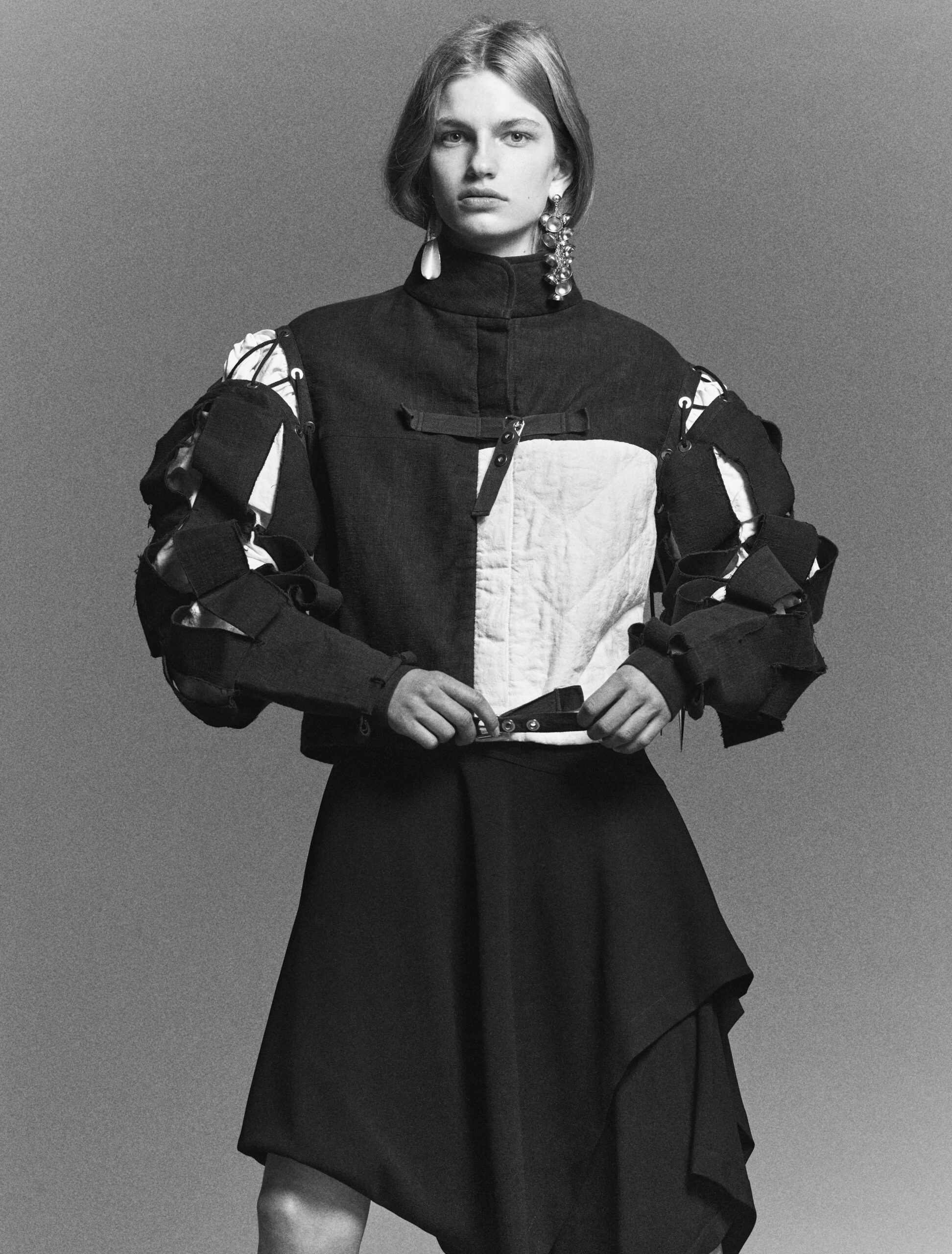
ANNE wears look 5, JW ANDERSON, spring/summer 2017
That collection’s thrilling impact fatefully made JW Anderson’s name. I remember sitting there astonished, thinking, “God, this is up there with anything you’d see in Milan or Paris!” “The Daily Mail” ridiculed it as an attack on masculinity, and the collection, as he later told me in an interview in 2017, was a commercial disaster. “We’d been working on it for so long in the studio, [stylist] Benjamin Bruno and I, and I think it looked quite normal to us,” he laughed. “Then agencies started pulling models when they heard that boys would be wearing bustiers. And though the show got all that attention, I think we sold one jumper. Then it was: Oh well, now we’re back in the studio and there’s no money to pay for next season’s fabrics…”
But fashion people saw that collection for the stroke of genius it was and within months, LVMH was signing Anderson up as creative director of Loewe. In 2014, he had his own JW Anderson brand in London, and a mandate to change everything about the branding of the old Spanish leather goods company that is based between Madrid and Paris. And this is when Anderson’s extraordinary set of talents — the mindset, the eye, the confidence and 360-degree vision — really caught fire.
Apparently out of nowhere, this 30-year-old wunderkind knew how to design shops — which he filled with mid-century design objects and contemporary art — how to put his spin on elegant-modern packaging and how to make hit bags (the Puzzle, now a major classic, whose structure he later told me was inspired by a crushed sample he’d found stored at the bottom of an archive box).
Unlike so many other not-so-successful youthful designers who’ve got drafted into brands, Anderson didn’t throw the baby out with the bathwater. He respects — and is fascinated by — history, and the history of making beautiful things. He started talking about making Loewe “a cultural brand”. He persisted in championing craft at a time when fashion snobbily looked down on the very word. His image-making (then with the young British photographer Jamie Hawkesworth) was the antithesis of the hard, cold luxury fashion style which had held sway since the millennium.
Anderson succeeded in shifting the past decade’s zeitgeist, in fact, while also shifting product like nobody’s business. His Loewe collections appealed to an educated sophisticate: He foresaw how the worlds of art and fashion were crossing over socially, and how that’s where the money lives. He became the fashion equivalent of Frieze and Frieze Masters, pushing his avant-garde experimentalism and selecting classic piece simultaneously, side-by-side. “I like the idea of thinking about this woman in her apartment,” he told me after a Loewe show in 2016. “And I like the idea of continuity, slowing it down.” You saw who she was, wandering thoughtfully around the UNESCO building in her fit-and- flare handkerchief-point midi dresses — a collector; a member of the fashion intelligentsia who we all so wanted to be.
Meanwhile, at JW Anderson in London, all sorts of fun was going on — rebellious, queer and non-conforming to any narrative norm. I’d glimpsed Anderson and Bruno locked in their head-to-head fitting sessions a couple of times. It looked like an intense creative play session, where anything could happen, where things could be plonked on that didn’t “belong”, but suddenly felt right to them. It would be a shock, or a laugh, to us, maybe — but then, the familiar and utilitarian would always show up too, often in the same outfit. “How do you take basics, and make them fashionable?” he’d asked rhetorically after a JW Anderson show in 2019. “It’s about the border between these two things. How do you give a customer just a knit but get the full impact of it?”
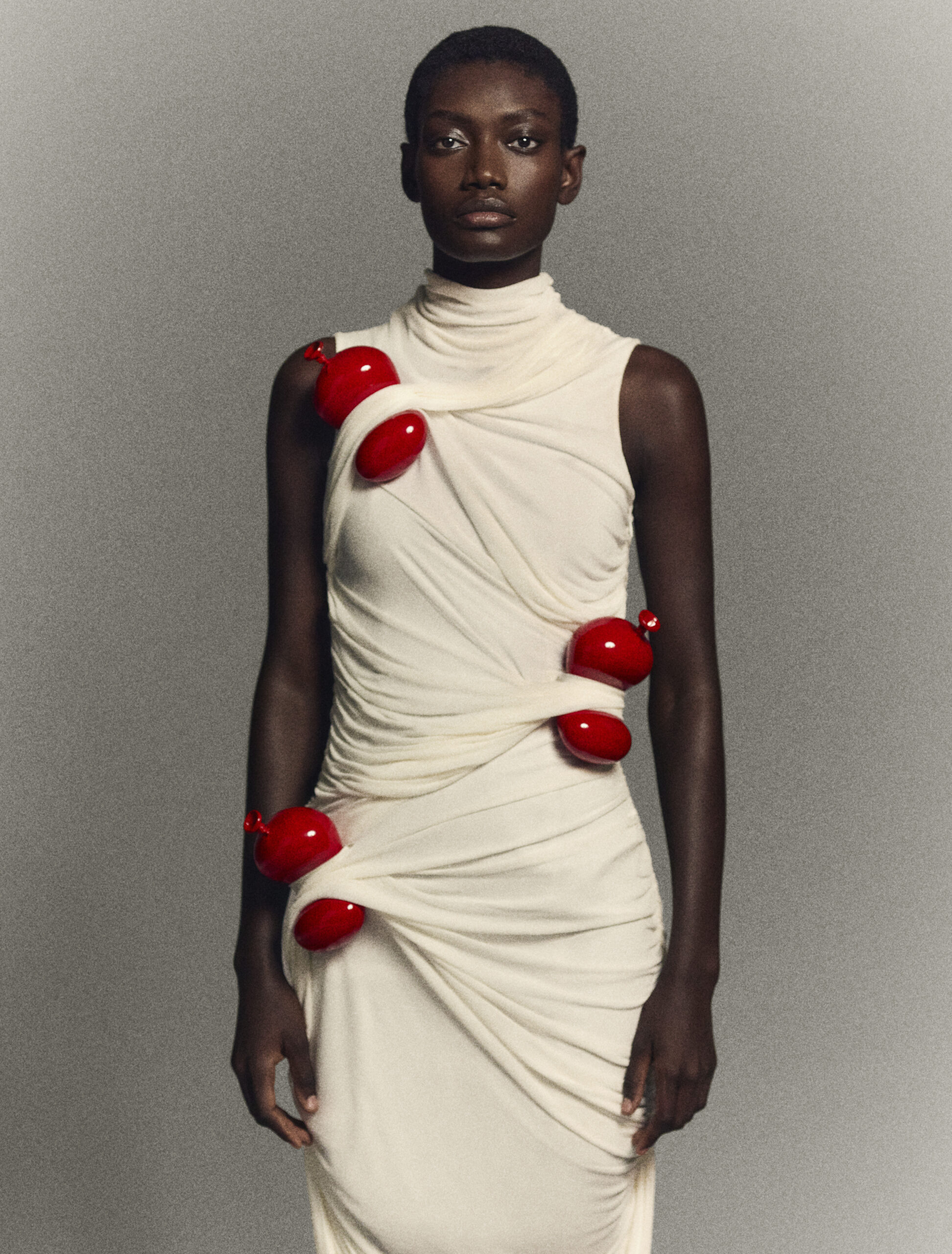
FATOU wears look 39, LOEWE, fall/winter 2022
That extraordinary combination of down-to-earthiness, free-flying imagination and talent for communication meant Anderson was brilliant as a crisis manager during the pandemic. His “show-in-a-box” was sent around to editors’ houses; a series of printed lookbooks featuring women artists and actresses — Dame Magdalene Odundo, Sophie Okonedo — as models. (The “family and friends” practice rooted and grew as Anderson collected more friends from the art, theatre and movie worlds).
Meanwhile, a whole other kind of viral broke out around JW Anderson when Harry Styles wore his patchwork cardigan, and locked-down kids started knitting their own and posting them on TikTok. Anderson responded by releasing the pattern online. “Even through one of the most challenging times for everyone, you can become incredibly creative and focused,” he told me. “It’s tricky, but you can have a bit of fun and experiment with things.”
Post-pandemic, he was treating us to a surreal reflection of the times: balloons squashed into clothes and shoes, grass growing from coats, wildly exaggerated high-waisted trousers. Leather baby doll dresses were molded into “motion” at Loewe; hoodies and shorts were sculpted in Plasticine at Anderson’s namesake label. “We have to be aware of what’s going on in the world, but sometimes it’s good to dream,” he remarked of this mad escape route from an even madder reality. “Should people not be in a fantasy state? Maybe they’ll find something.”
Where had Anderson’s instincts, all these arrow-sharp insights, his voracious curiosity and his drive originated? He has continually credited his maternal grandfather for teaching him how to look at things and guess their provenance at antique fairs: His connoisseurship and the eye of a curator, trained from the age of six. Then, the inborn Anderson competitiveness, the motivation it takes to go for excellence: his father, Willie Anderson, was an Irish rugby union national hero. “He always told me, you’re only as good as your team.”
The thing that really sticks in my mind though, is the conversation he and I had on stage at the launch of “Disobedient Bodies,” his exhibition at the Hepworth gallery in 2017. There’s the moment when he talks about his favorite childhood game: Playing shop in a house his mother made, with “Anderson’s” over the door (and look how he’s recently converted JW Anderson into a “corner shop” general store concept!). And the one where he talks about what being a “creative director” means to him. “The thing is, I am not a designer as I’d classify someone like Azzedine Alaïa,” he said. “The fundamental thing is I embrace the idea of having teams — and I’m conducting the orchestra.”
Could I have prophesied that within eight years, Jonathan Anderson would be the sole creative director of Dior? I didn’t, but I’m not in the least surprised.
Photographer MARK KEAN at Artlist. Stylist JOE MCKENNA at MA+. Makeup LYNSEY ALEXANDER at JOLLY COLLECTIVE. Hair ANTHONY TURNER at JOLLY COLLECTIVE. Nails SAFFRON GODDARD. Casting PIERGIORGIO DEL MORO for DM CASTING. Production ROSIE CARTWRIGHT. Photo assistants SHANE RYAN, WYNSTON SHANNON. Digitech ALEX DOW. Styling assistants JOHN HANDFORD, SHO ISHIKURA. Retouching PARDON MY FRENCH. Studio SPRING STUDIOS. Models ANNE FLOOR WETEMANS at VIVA, DANYELLE TAYLOR at NEXT, FATOU KEBBEH at NEXT, HANNA N at MIKAS and XARIA CARTER at MILK.
